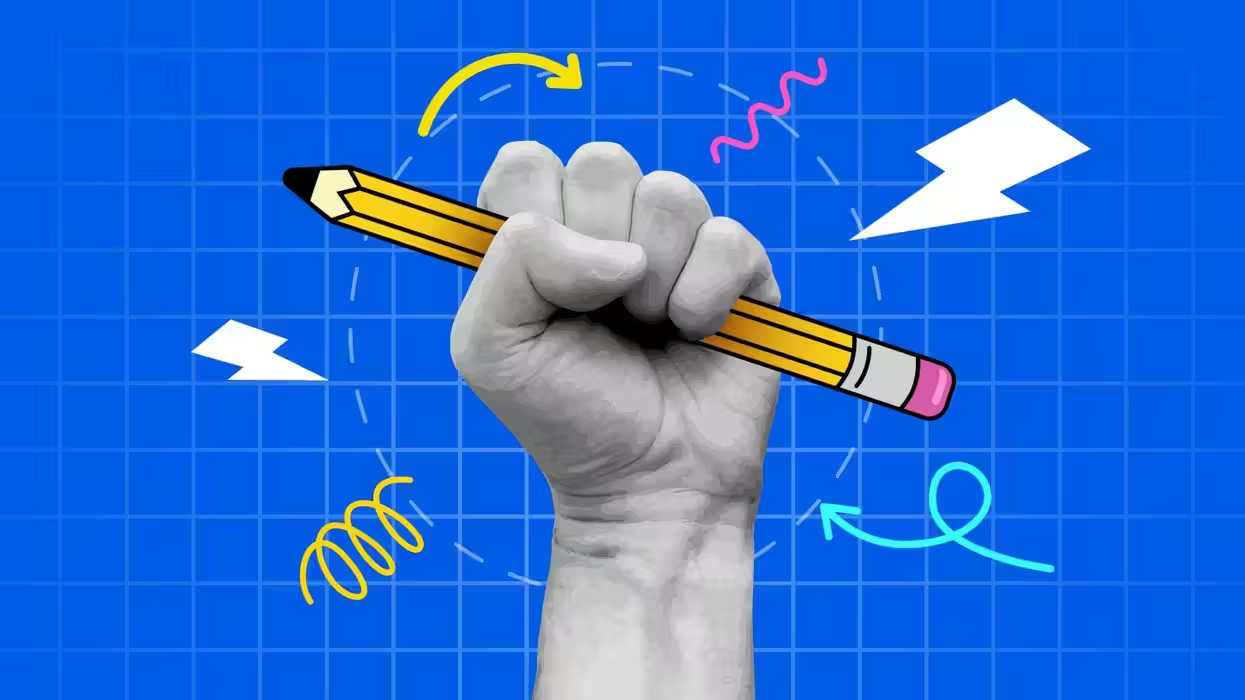© 2025 Blaze Media LLC. All rights reserved.
Spy Satellite Calibration: Is That the Answer to China's Strange Desert Images?
November 16, 2011
"Sometimes the truth can be just as interesting..."
There has been much speculation as to what the Google Earth satellite images found in China's Gobi desert are, but an expert is saying most, like the zigzag lines one below, are used as calibration targets for spy satellites.
Live Science has more:
So says Jonathon Hill, a research technician and mission planner at the Mars Space Flight Facility at Arizona State University, which operates many of the cameras used during NASA's Mars missions. Hill works with images of the Martian surface taken by rovers and satellites, as well as data from Earth-orbiting NASA instruments.The grids of zigzagging white lines seen in two of the images — the strangest of the various desert structures — are spy satellite calibration targets. Satellite cameras focus on the grids, which measure approximately 0.65 miles wide by 1.15 miles long, and use them to orient themselves in space.
Even still, Hill says we shouldn't be surprised, as China was already known to have spy satellites and it is not the only country to operate them -- the U.S. has its own as well:
In fact, the U.S. also uses calibration targets. "An example I found just now is a calibration target for the Corona spy satellites, built back in the 1960s, down in Casa Grande, Ariz., [at coordinates] 32° 48' 24.74" N, 111° 43' 21.30" W," Hill told Life's Little Mysteries, a sister site to LiveScience.
This circular structure (see below), LiveScience reports, is also a calibration tool built for orbital radar instruments, according to Hill:
"Since a significant amount of radar return is due to differences in surface roughness, they're probably testing ways of making the areas around planes 'bumpy' enough that the planes are partially masked."In other words, the Chinese military probably uses radar instruments to send signals down at the target from above, and determine how much radar bounces back to the instruments from the fighter jets, and how much gets scattered by the Stonehenge-like arrangement of bumps surrounding them.
[...]
"Sometimes the truth can be just as interesting, if not more so, than the conspiracies that people come up with."
Hill observes the close proximity of the structures to each other and confirms the remote area is most likely being used for military purposes, calling it "some sort of military zone/test range."
Want to leave a tip?
We answer to you. Help keep our content free of advertisers and big tech censorship by leaving a tip today.
Want to join the conversation?
Already a subscriber?
more stories
Sign up for the Blaze newsletter
By signing up, you agree to our Privacy Policy and Terms of Use, and agree to receive content that may sometimes include advertisements. You may opt out at any time.
Related Content
© 2025 Blaze Media LLC. All rights reserved.
Get the stories that matter most delivered directly to your inbox.
By signing up, you agree to our Privacy Policy and Terms of Use, and agree to receive content that may sometimes include advertisements. You may opt out at any time.







